1930
Myers and his wife travel to Egypt and begin actively acquiring late antique textiles
1931
Myers loans Persian textiles to Arthur Upham Pope’s exhibition Persian Art in London
70-80 new metal cases are purchased to improve textile storage
Myers concentrates on collecting early Islamic textiles, especially tiraz, which he began acquiring in 1928. By 1957 he has a collection of approximately 780 early Islamic textiles
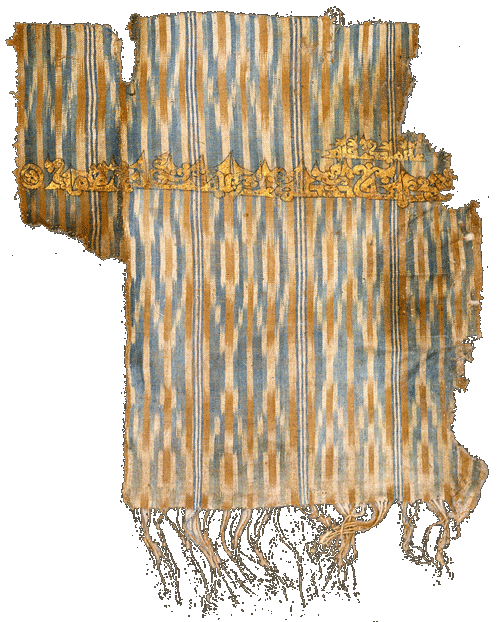
Scarf end, tiraz, Yemen, 9th century. The Textile Museum 73.59, acquired by George
Hewitt Myers in 1931
1932
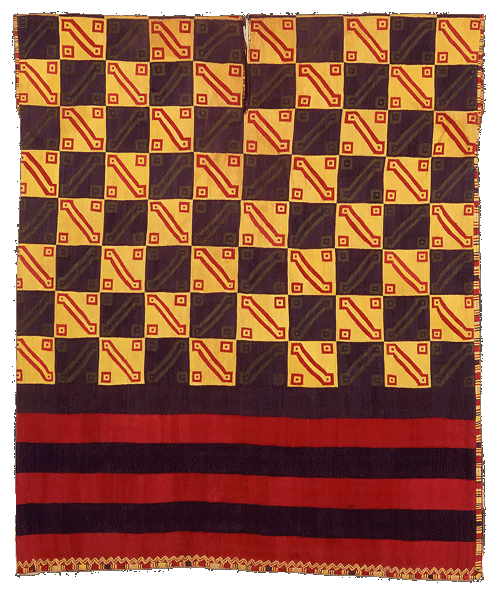
Man’s tunic, Inca style, Peru, Late Horizon, 1480-1534. The Textile Museum 91.147, acquired by George Hewitt Myers in 1932
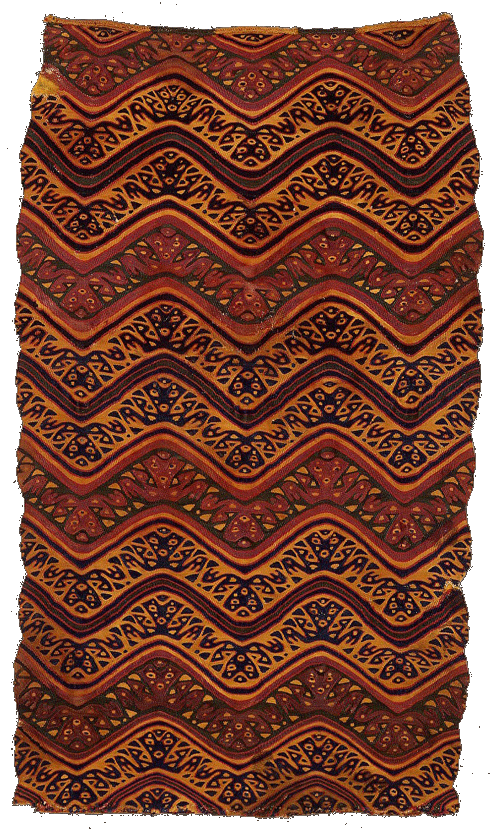
Rectangle, Late Ica style, Peru, Ica Valley, 1530-1570. The Textile Museum 91.146,
acquired by George Hewitt Myers in 1932
1936
In the 1930s, Myers acquires the majority of his Spanish textiles
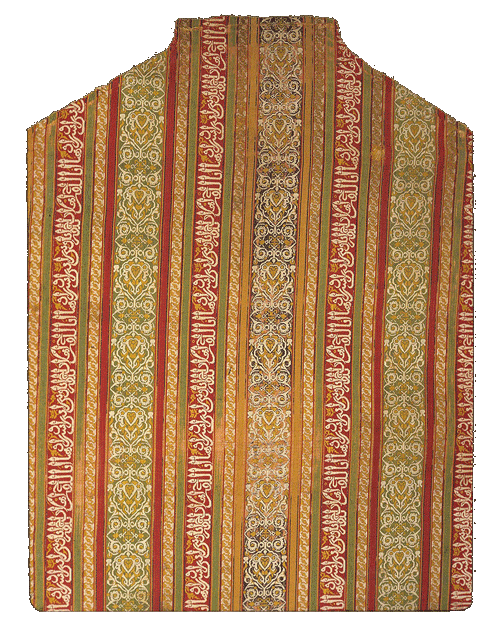
Textile fragment from a chasuble, Nasrid, Spain, Granada, 14th century. The Textile
Museum 84.29, acquired by George Hewitt Myers in 1936

Border fragment, Peru, South Coast, Paracas, c. 100-50 B.C. The Textile Museum 91.217, acquired by George Hewitt Myers in 1936
Myers founds the Independent Schools Art Instructors Association
1937 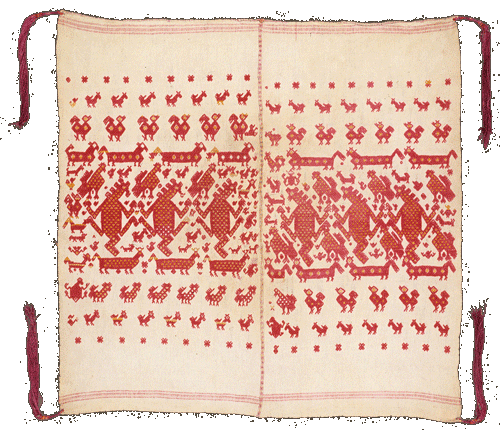
Man’s headcloth, Guatemala, Santo Tomás Chichicastenango, c. 1900. The Textile Museum 89.1, acquired by George Hewitt Myers in 1937
1938
Myers continues actively collecting Persian silk textiles until his death in 1957
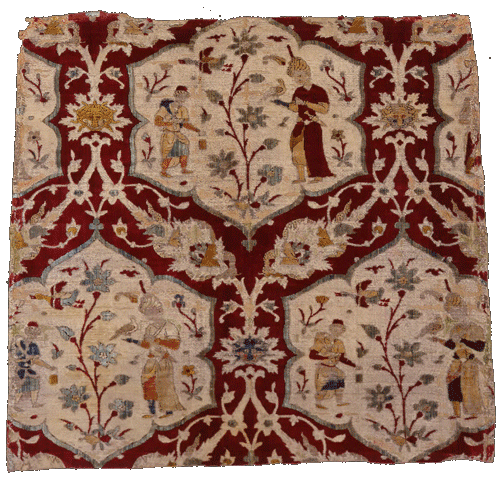
Velvet fragment, Safavid, Iran, mid 16th century. The Textile Museum 3.219, acquired by George Hewitt Myers in 1938
Back to top
|